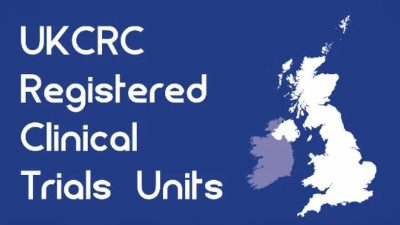
- Cancer
- Trials closed
LUCID
LUng Cancer CIrculating Tumour Dna Study
Research summary
Taking as reference tumour-specific somatic genetic alterations identified within individual cancer biopsies from patients, recent advances in genomic and next generation sequencing technologies now provide the opportunity to investigate whether each patient's tumour-specific DNA can be reliably detected within their plasma. This offers the possibility to test a patient's response following treatment with curative intent. This technology has already been used to detect ctDNA in metastatic NSCLC, but not yet in early stage disease.
The primary objective of this pilot study is to test the feasibility of detecting serial ctDNA levels in stage I to IIIB NSCLC patients who undergo treatment with curative intent. As secondary endpoints, this study aims to measure ctDNA levels and characteristics, and to correlate them with clinical features (such as burden of disease and treatment response) in order to test the value of ctDNA as a diagnostic, prognostic and predictive biomarker for patients with NSCLC. 100 patients planned for curative treatment (surgery or radical radiotherapy +/- chemotherapy) will be recruited.
Main inclusion criteria
- Age ≥ 18 years old at the time of consent
- Male or Female
- Patients with radiologically and histologically/cytologically confirmed stages I to IIIB NSCLC who are planning to undergo radical treatment (surgery or radical radiotherapy) with curative intent
- ECOG Performance Status 0-2
- Able to give informed consent
- Able to give blood
Main exclusion criteria
- Unable to receive treatment with curative intent due to co-morbidity or personal choice
Patients participating in other clinical studies are not precluded from entering the study; however they must meet all the eligibility criteria for this study.






